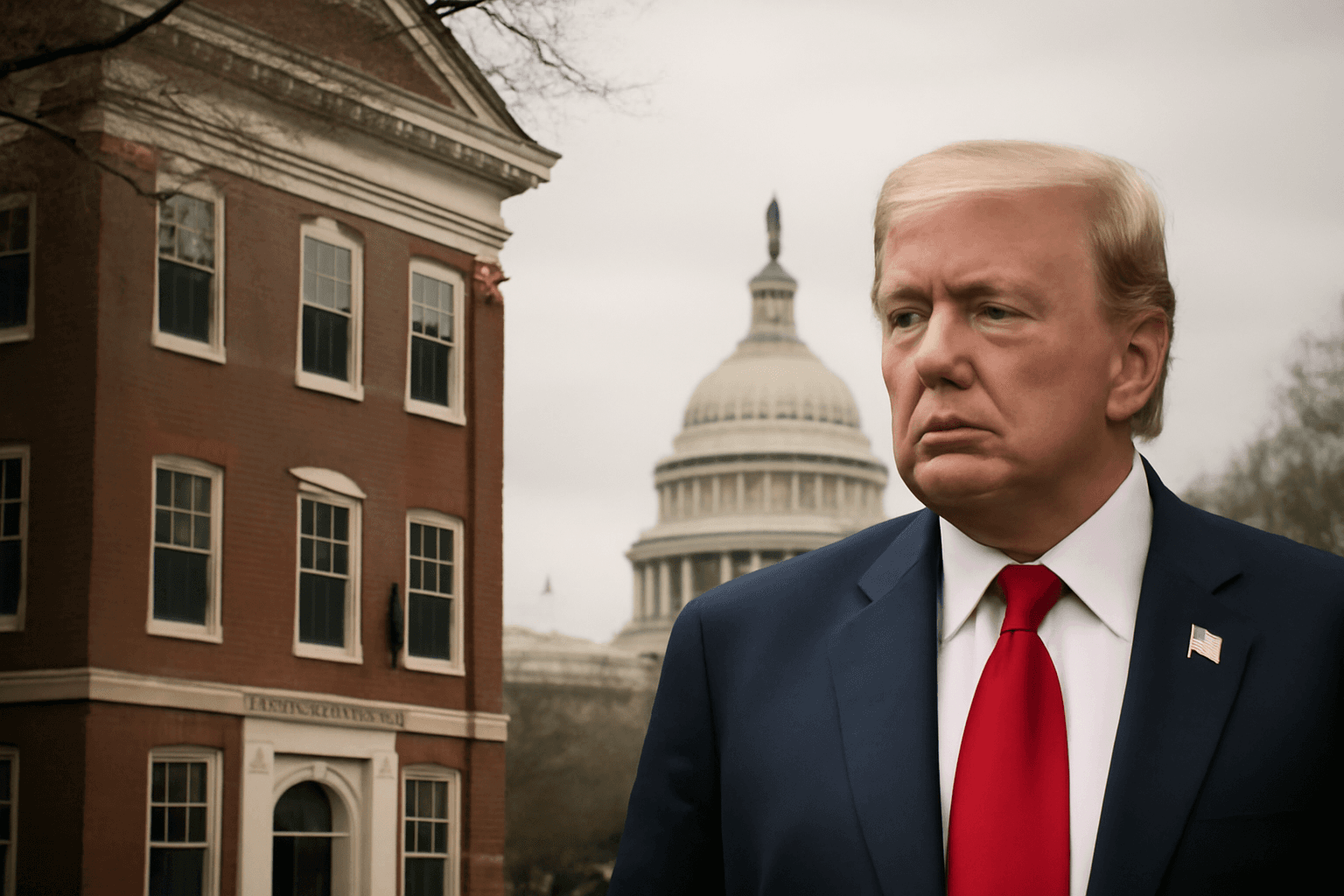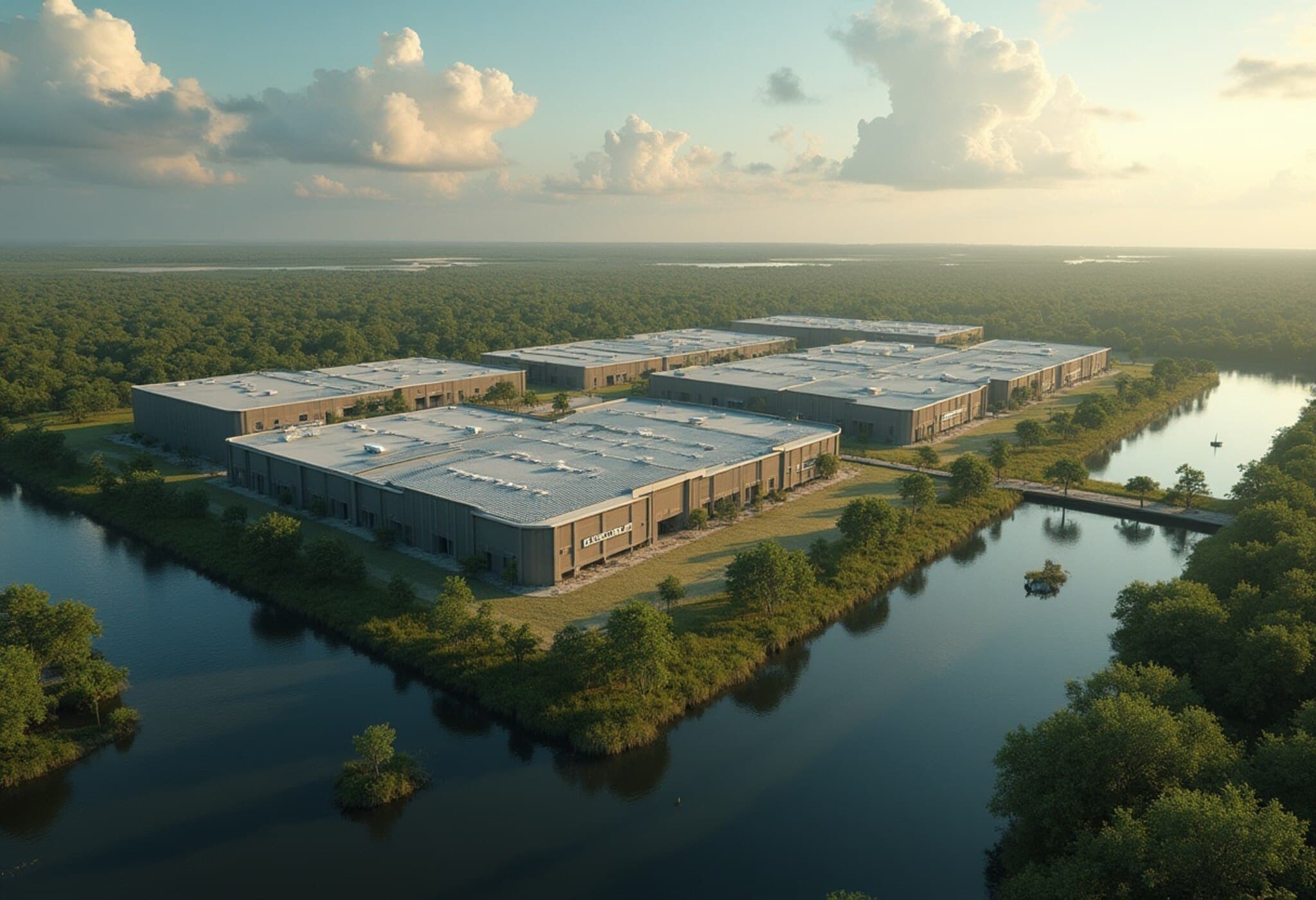Florida Launches ‘Alligator Alcatraz’ Migrant Detention Facility
Construction has officially begun on a new migrant detention center deep within Florida’s Everglades, informally known as the ‘Alligator Alcatraz’. Built on a remote abandoned airfield and surrounded by the natural threats of alligators and pythons, this detention camp is expected to cost the state an estimated $450 million annually.
A Harsh Environment with High Stakes
The facility aims to bolster immigration enforcement as part of an aggressive expansion initiated during the Trump administration. Florida Attorney General James Uthmeier, an ally of the former president, described the site in a social media video, noting, “People get out, there’s not much waiting for them other than alligators and pythons. Nowhere to go, nowhere to hide.” He praised the location for requiring minimal perimeter investment due to its natural barriers.
Facility Capacity and Strategic Vision
The center will feature primarily tented accommodations, offering up to 5,000 additional beds to house migrants. This move comes as Florida’s governor directed state officials to identify secluded locations suitable for temporary detention centers. Uthmeier emphasized Florida’s leadership role in immigration enforcement and expressed confidence in this site as the best option.
Funding and Cost Management
The Department of Homeland Security spokesperson confirmed plans to seek partial reimbursement from the Federal Emergency Management Agency (FEMA) to alleviate the facility’s operational expenses. This funding would come from a federal program established during the Biden administration, intended to support organizations housing migrants through the immigration court process.
Continuing Controversial Detention Policies
The ‘Alligator Alcatraz’ project fits into a broader pattern of stringent immigration policies from the Trump administration. Historically, there have even been proposals involving natural deterrents like snake- and alligator-filled moats along the southern border. Since resuming office, the administration relocated detainees to locations such as Guantánamo Bay and detention facilities in El Salvador. The number of detained migrants has surged to approximately 55,000, up significantly from the previous administration’s figures.
Community Response and Political Divide
Local leadership has voiced concerns about the rapid development and its potential impacts. Miami-Dade County Mayor Daniella Levine Cava highlighted in a formal letter that there has been insufficient discussion about the project’s implications, urging for more thorough review amid the project's accelerated pace.
Still, state officials remain resolute. Uthmeier reaffirmed his support for the immigration crackdown, asserting that ‘Alligator Alcatraz’ and similar facilities will play a key role in addressing Florida’s illegal immigration challenges.
What Lies Ahead?
As this facility begins operations, it highlights the ongoing tensions between immigration policy enforcement and humanitarian considerations, all unfolding against the backdrop of Florida’s unique and unforgiving natural environment.



















